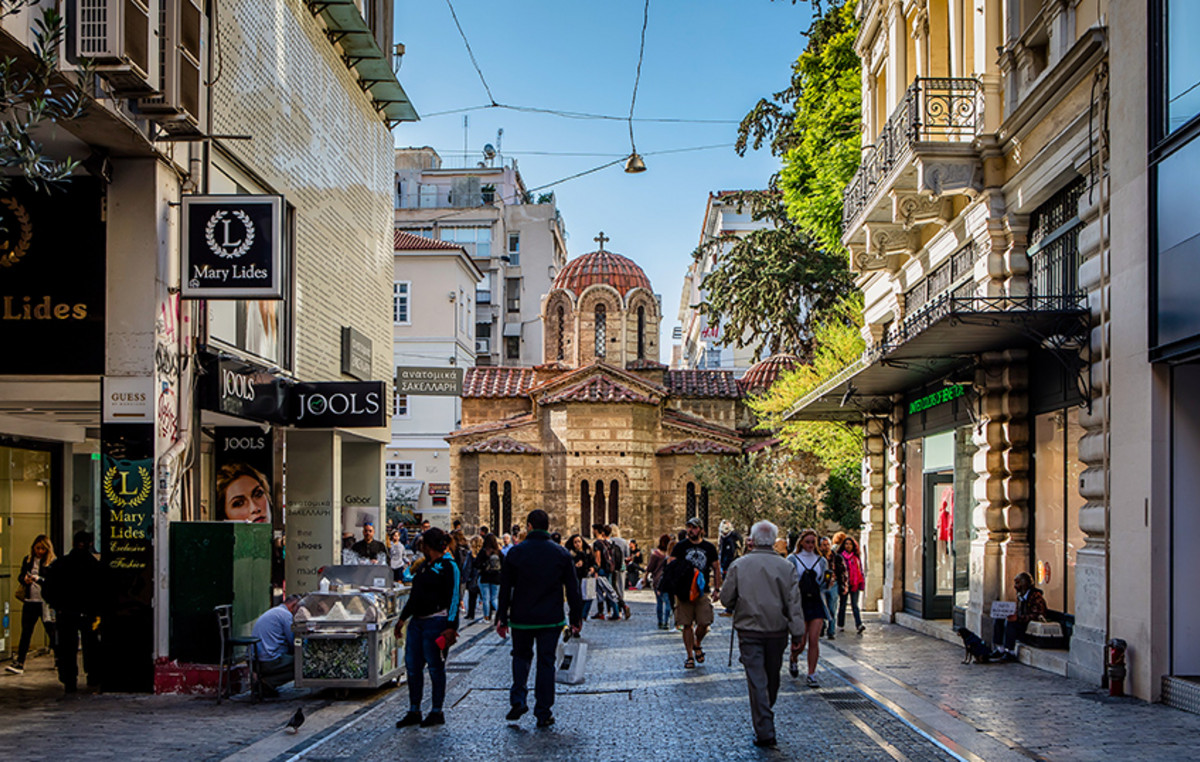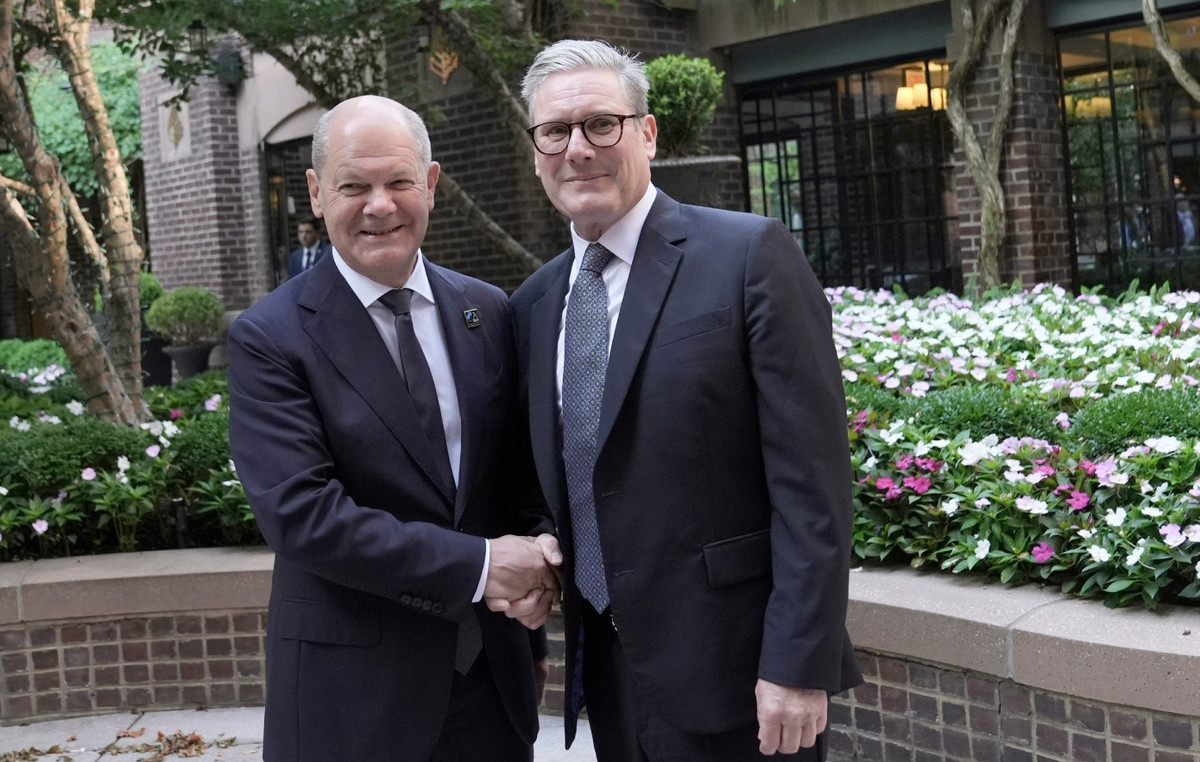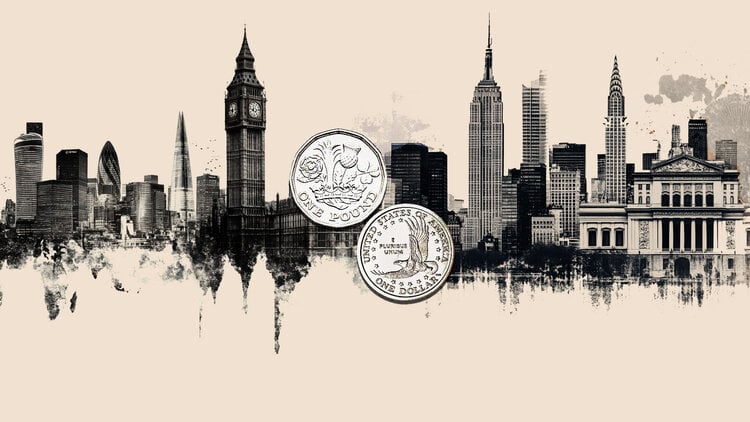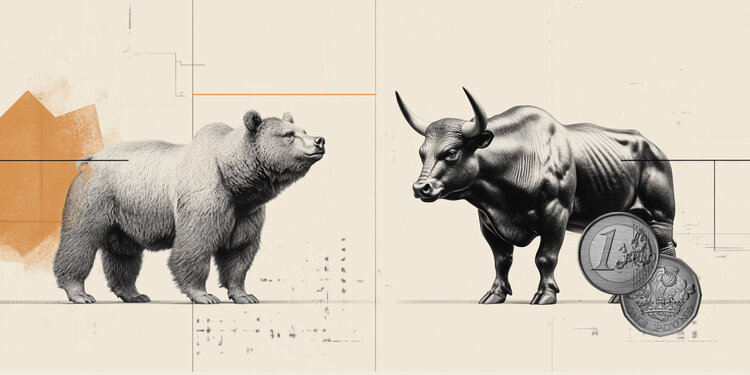The magazine “Raça”, the first publication with content related to the black population in Brazil, turned 26 this month.
The first edition was released in 1996, when it was uncommon to find black people in fashion publications and in other positions of protagonism in advertising.
In soap operas, it was common to find black actors in characters of enslaved people, maids and other roles such as gardener, doorman and security guard.
In this way, the magazine was part of the construction of the self-esteem of blacks who were underrepresented in the Brazilian media. Recently, an advertising campaign for “Race” received five Golden Lions at Cannes, the largest advertising festival in the world.
The CNN No Plural team interviewed the CEO of Raça magazine, Maurício Pestana:
CNN: How was the beginning of the magazine “Raça” and who created it?
Maurício Pestana: I was not part of the group at that time, but the magazine “Raça” was launched with great expectations, since there was no publication aimed at the black audience. It was even part of a political, cultural and aesthetic claim. Blacks did not see themselves represented in print publications, there were almost no hair products, the black cosmetics industry was scarce. People claimed this, but the advertising marketArio denied the existence of this public.
CNN: How was the advertising market at that time, in relation to blacks?
Maurício Pestana: There were some advertising “gurus” who said that blacks could not be the protagonists in advertising because blacks did not consume. They even said that if we put blacks on the covers, the magazines wouldn’t sell.
CNN: And how was the repercussion of the first edition of Raça magazine?
Maurício Pestana: The number 1 magazine sold 270,000 copies. It was a sales record for the first issue of a magazine. At that moment, all the theses of these advertisers who said that there was no space in the market for blacks fell to the ground. The next editions of the magazine continued to sell well and the publication was a milestone in history.

CNN: How has the “Race” developed over the years?
Maurício Pestana: With the magazine’s success, much of the black products industry began to develop. The public began to demand, because they saw the black models in the editions. “Raça” began to be published by the publisher Symbol, which operated in the segmented publications market. After ten years, it began to be published by the publisher Scala, which already had more than 100 titles. It was at this stage that I was invited to act as director of the magazine. I spent seven years as a director and during this period I introduced themes related to behavior, society and politics, but without forgetting to talk about fashion, aesthetics and bring themes related to to the life of celebrities.
CNN: What feedback do you get from people who consume the magazine?
Maurício Pestana: A lot of people tell stories about the magazine. They are very cool testimonials like that of the journalist Maju Coutinho herself [Maria Júlia Coutinho, da TV Globo], who says that her work is due to “Race”. A lot of academic work has been done studying the phenomenon of the journal inside and outside the country.is In addition “Race” also ended up greatly influencing film, theater and television, with the rise of more black artists. It was a paradigm shift. Currently, the number of black artists is still low, but it is much more represented than it was 26 years ago, when the magazine was launched.
CNN: What are the difficulties and challenges of maintaining a magazine like “Race”?
Maurício Pestana: We have to look at this scenario from two aspects. In recent years, the print publications segment has received a huge hit due to the digital market. However, we cannot deny that print has a glamour, a presence and a very select audience. In addition to this aspect, there is a very vast field to be explored, which is education. The magazine “Raça” goes monthly to all public schools in São Paulo and we recently also signed a partnership with the government of the state of Maranhão. Few magazines achieve this reach in schools. In recent years, because of digital, many magazines disappeared from the market.
CNN: How do you see “Race” magazine today?
Maurício Pestana: Today, “Race” is a strong brand that is getting stronger in digital as well. We reached 3 million and 800 thousand accounts on digital and 150 thousand followers on Instagram. We can count on our fingers which Brazilian magazines have been on the market for so long and, therefore, this publication is so important. Lately we have won five golden lions at the Cannes festival.

Staff from “Raça” magazine celebrated the publication’s anniversary at a cocktail party for guests / Arquivo Revista Raça
Source: CNN Brasil







